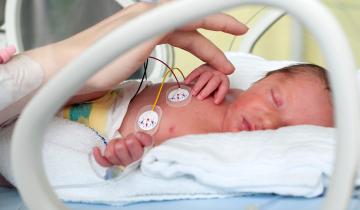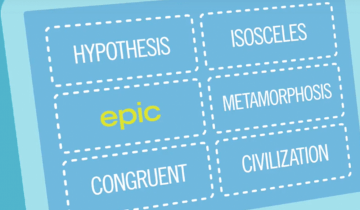This study tested the safety and effectiveness of a neuroscience-based, multi-component intervention designed to improve motor skills and sensory processing of the more-affected arm and hand in infants with CP where one side is more impacted than the other (asymmetric CP).
This comprehensive review of the research evidence surrounding supportive stepping for individuals, GMFCS IV and V, provides helpful information for families to make practical decisions about for whom, when, and how long to use a supported stepping device (also known as gait trainers).
This comprehensive review of the research evidence surrounding supportive standing for individuals, GMFCS IV and V, provides helpful information for families to make practical decisions about for whom, when, and how long to use a standing device.
An empowering and evidence-based guide for living a full life with spastic diplegia–bilateral cerebral palsy.
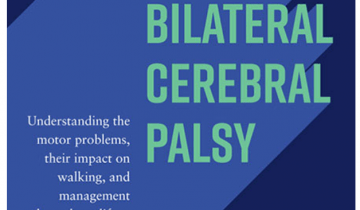
Neuroplasticity is the ability that the brain has to form new connections between different cells or between different areas of the brain.
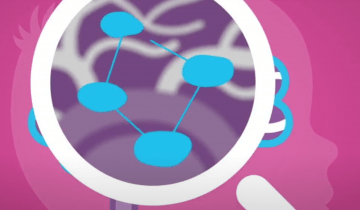
As a parent, when it comes to different types of interventions for infants with cerebral palsy, how do you know what you have, what you don't, and what you could get?
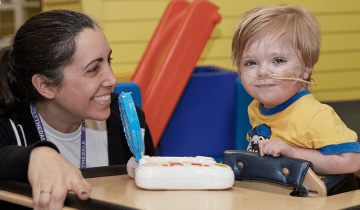
Exploration for an infant means discovering anything about that environment. If that infant needs an opportunity to be brought to them, that's okay. Let an infant explore through their senses, whether it's touch, or smell, or taste, or sight, or hearing.
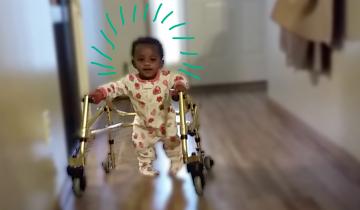
Everybody tells stories, and that includes people who use communication systems. To ensure success and the ability to participate we need to make it as easy as possible. So that we can tell stories whenever we want, wherever we want, to whomever we want, and in a really easy way, so we can be successful.
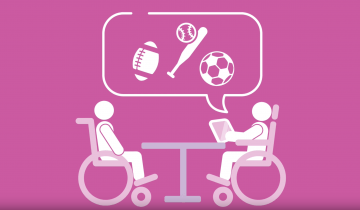
My name is Nathalie Maitre, I work at Nationwide Children's Hospital. I'm a physician and a researcher
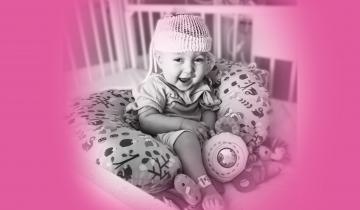
Upper limb therapies and interventions have been well studied in cerebral palsy. Different interventions that have good evidence are Constraint Induced Movement Therapy (CIMT) and Bimanual Therapy. CIMT has been shown to be successful in children with hemiplegic cerebral palsy (CP). CIMT uses a splint to physically constrain the uninvolved arm and encourage them to use the more involved or affected arm.
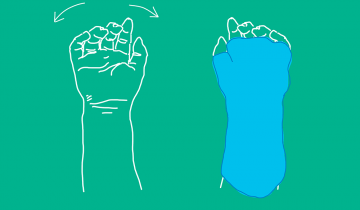
Diagnosing cerebral palsy (CP) at an early age is important for the long-term outcome of children and their families.
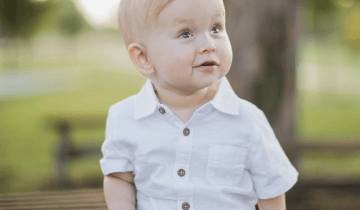
Early diagnosis of cerebral palsy (CP) is critical in obtaining evidence-based interventions when plasticity is greatest.
As a physician and researcher, I skeptically looked forward to learning more about mindfulness practice, because there is evidence it helps with stress management, self-regulation, focus, productivity and happiness. As a mom, I felt that weird mix of guilt that I was going to focus on “not-my-children” for a whole day, excited anticipation and anxiety that maybe I would be a complete failure at this. It turns out all the mental baggage I took into the workshop was the exact opposite of what mindfulness tries to achieve. The daily practice has since changed my life.
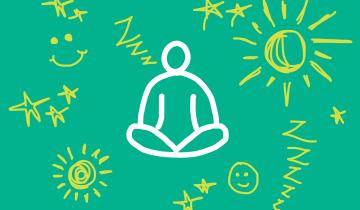
"If you don’t know the solution to the problem now, you will find it"

PTSD can be common in parents after a child with Cerebral Palsy has left the NICU. One of the hardest days of my life as a NICU parent was not what I would have expected it to be. It was the day I went home without my baby, after spending every waking moment since my emergency C-section by his incubator. I never knew I had a dream about what it would be like to have a baby until that dream was taken away.
